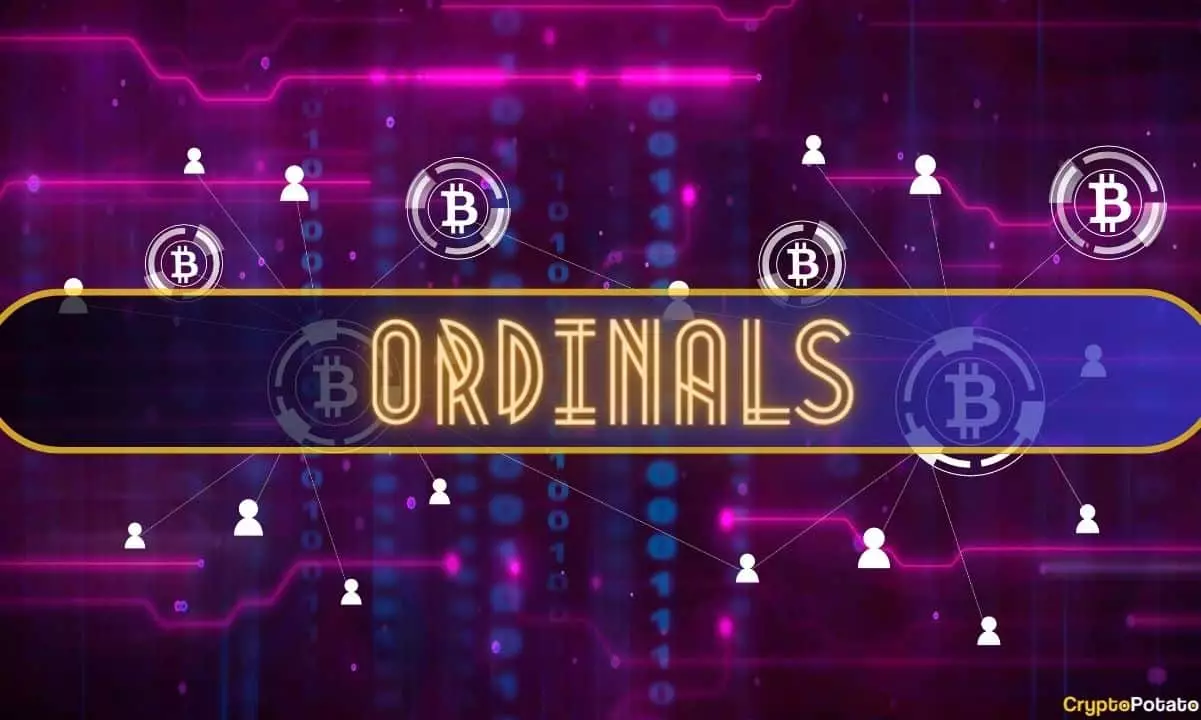In a recent announcement by the National Vulnerability Database (NVD), a critical vulnerability has been identified in Bitcoin. This vulnerability has the potential to impact the Ordinals Protocol, which was developed in 2022. The NVD, overseen by the National Institute of Standards and Technology (NIST), plays a crucial role in cataloging and disseminating information about cybersecurity vulnerabilities to the public.
The NVD document highlights that the vulnerability arises from the possibility of bypassing the data carrier limit in specific versions of Bitcoin Core and Bitcoin Knots. This loophole allows data to be disguised as code, which inscriptions took advantage of in 2022 and 2023. Inscriptions involve incorporating additional data onto a specific satoshi, the smallest unit of Bitcoin. This data can range from digital images to text and other media forms.
The Ordinals Protocol has revolutionized the digital art scene since late 2022 by enabling the seamless integration of unique artworks into Bitcoin transactions. Similar to Ethereum’s nonfungible tokens (NFTs), Ordinals sparked a surge in the popularity of data embedding. However, this critical vulnerability in Bitcoin’s network is currently undergoing detailed analysis, as it could have significant implications for Ordinals.
One of the primary implications of this vulnerability is the potential influx of non-transactional data. This could potentially clog the blockchain, leading to increased network size and adversely affecting the overall performance and fees of Bitcoin. Bitcoin Core developer Luke Dashjr’s recent post on X is highlighted on the NVD’s website as a key information source. Dashjr claims that inscriptions exploit a Bitcoin Core vulnerability to spam the network with irrelevant data, likening it to getting bombarded with junk mail daily and having to sort through it all to find the messages from your contacts.
Peter McCormack, a noted Bitcoin podcaster, has weighed in on the debate surrounding Ordinals. He emphasizes that Ordinals do not contribute positively to Bitcoin users and worsen the network’s already high fees. Throughout 2023, the increasing volume of Ordinals transactions has consistently congested the Bitcoin network, leading to higher competition for transaction confirmations, elevated fees, and prolonged processing times.
When questioned about the potential outcome of fixing this vulnerability, Dashjr indicated that it might lead to the cessation of Ordinals and BRC-20 tokens. However, he also noted that existing inscriptions would remain unchanged due to the immutable nature of the Bitcoin network. This raises concerns about the future of Ordinals and its impact on the broader Bitcoin ecosystem.
The critical vulnerability identified in Bitcoin’s inscriptions has the potential to significantly impact the Ordinals Protocol. The ability to bypass the data carrier limit and disguise data as code raises concerns about the influx of non-transactional data and its effect on the blockchain’s performance and fees. Bitcoin developers and industry figures like Luke Dashjr and Peter McCormack provide valuable insights into the potential consequences of this vulnerability. As the analysis of this vulnerability continues, the future of Ordinals and its integration with Bitcoin remains uncertain.

